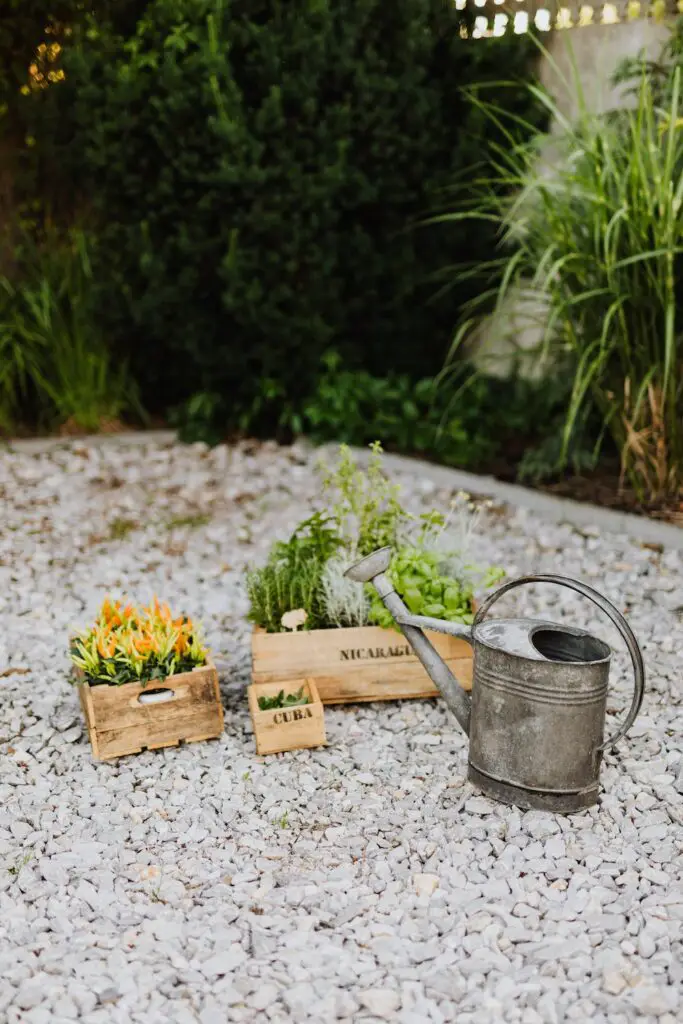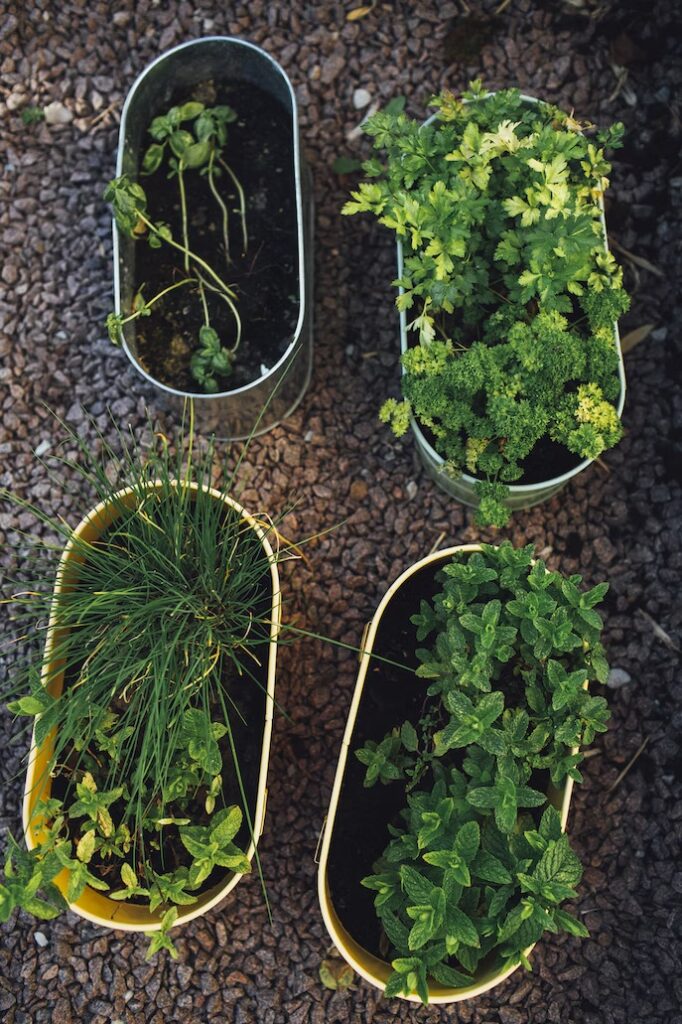Growing your own herbs indoors can be a rewarding and enjoyable hobby. You can have fresh herbs for cooking, tea, or aromatherapy anytime you want. But to grow healthy and productive herbs, you need to choose the right planters for them. In this blog post, we will share some tips on how to choose the best planters for indoor herbs.
The first thing to consider is the size of the planter. You want to choose a planter that is large enough to accommodate the root system of your herb plants, but not too large that it takes up too much space or wastes soil and water. A general rule of thumb is to choose a planter that is at least twice as wide and deep as the root ball of your herb plant. This will give your herbs enough room to grow and spread without becoming root-bound or overcrowded.
The second thing to consider is the material of the planter. You want to choose a planter that is durable, lightweight, and breathable. Some common materials for planters are plastic, ceramic, metal, wood, and terracotta. Each material has its pros and cons, so you need to weigh them carefully before making a decision.
Table of Contents
Types of planters
Plastic planters are cheap, easy to find, and come in various shapes, colors, and sizes. They are also lightweight and easy to move around. However, plastic planters can also retain too much moisture and heat, which can cause root rot or fungal diseases in your herbs. Plastic planters can also fade or crack over time due to exposure to sunlight or temperature changes.


Ceramic planters are attractive, sturdy, and come in many designs and patterns. They are also good at retaining moisture and heat, which can be beneficial for some herbs that prefer warmer and humid conditions. However, ceramic planters can also be heavy, fragile, and expensive. They can also crack or chip easily if dropped or bumped.
Metal planters are modern, sleek, and durable. They are also good at conducting heat, which can help keep your herbs warm in colder climates. However, metal planters can also rust or corrode over time due to exposure to water or chemicals. They can also get too hot or cold depending on the weather, which can harm your herbs.
Wood planters are natural, rustic, and eco-friendly. They are also good at insulating your herbs from extreme temperatures and providing aeration for the roots. However, wood planters can also rot or decay over time due to exposure to moisture or insects. They can also leach chemicals or tannins into the soil, which can affect the pH level or the flavor of your herbs.
Terracotta planters are classic, elegant, and porous. They are also good at allowing excess water to drain out and air to circulate around the roots. However, terracotta planters can also be heavy, brittle, and prone to cracking or breaking. They can also dry out quickly or absorb too much water depending on the climate, which can stress your herbs.
Additional considerations
You also need to consider the drainage of the planter. You want to choose a planter that has adequate drainage holes at the bottom or sides to prevent waterlogging or drowning of your herbs. You also want to place a saucer or tray under your planter to catch any excess water that drains out and prevent it from spilling onto your floor or furniture.
Also consider is the style of the planter. You want to choose a planter that matches your personal taste and decor preferences. You can also get creative and use unconventional items as planters, such as mugs, cans, jars, baskets, boxes, or shoes. Just make sure they have proper drainage holes and enough space for your herbs.
Lastly, consider is the location of the planter. You want to choose a spot that receives enough sunlight for your herbs to thrive. Most herbs need at least 6 hours of direct sunlight per day, but some may need more or less depending on their variety. You also want to avoid placing your planter near sources of heat or cold drafts that can damage your herbs.
By following these tips, you can choose the best planters for indoor herbs that will suit your needs and preferences. Happy growing!

